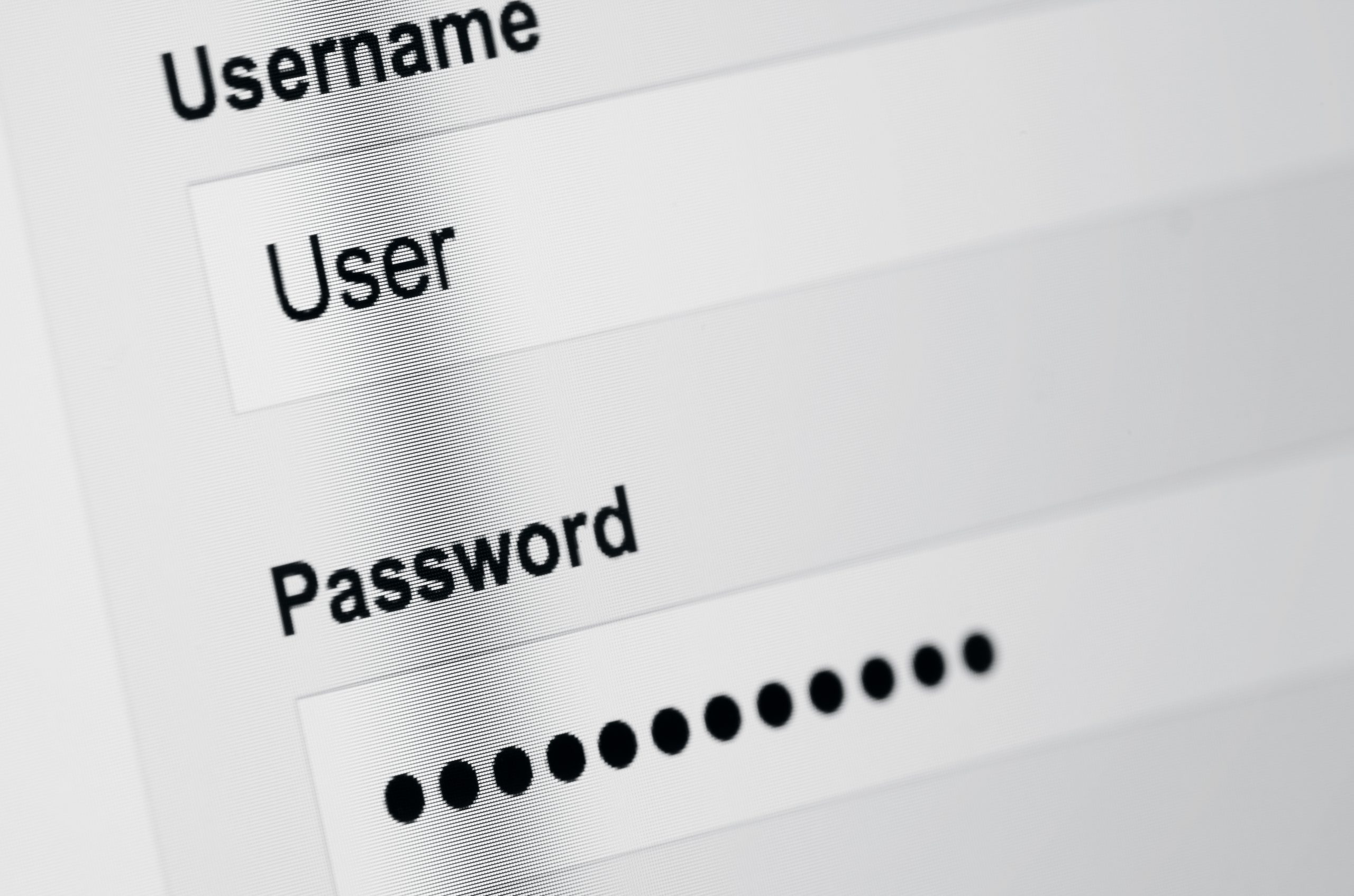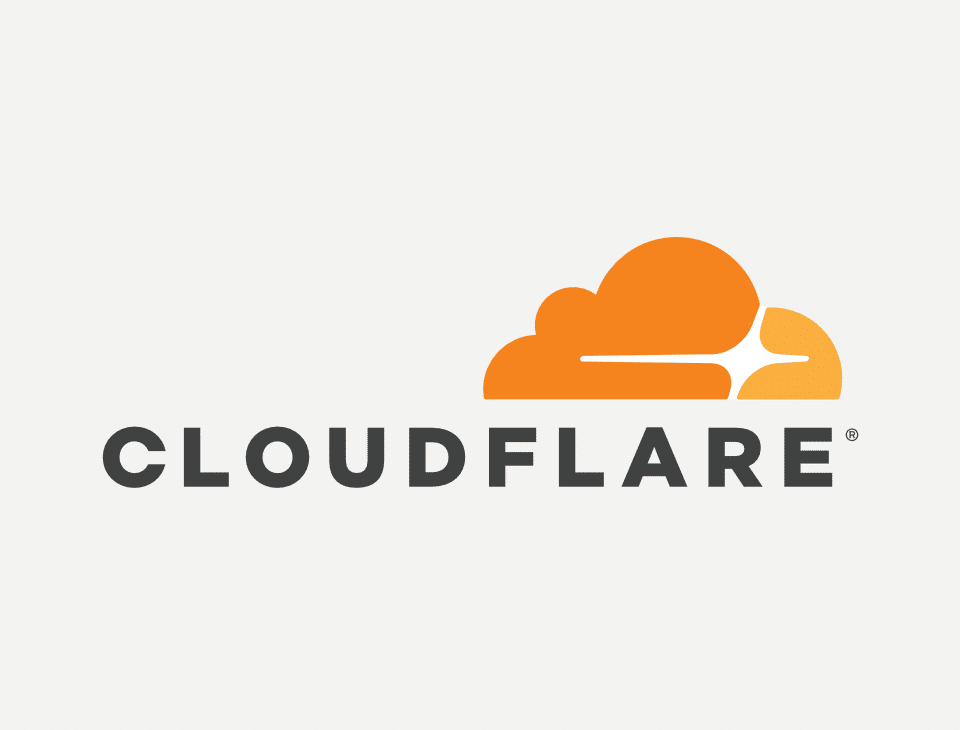Since password guessing and login access are among the top causes of cyber attacks, additional layers of protection are essential. Multi-factor authentication (MFA) requires users to enter two or more identification factors to access an application.
Single-sign on (SSO) is a login method in which users have one set of credentials to access multiple applications. The main benefit of SSO is the streamlined approach. Users can access multiple services without pausing to enter new credentials.
When implementing SSO in your cybersecurity framework, it’s important to keep some potential pitfalls in mind. Widespread access through one entry point is one of the main risks of this approach. If a hacker gains entry into an SSO system, they’ll have access to all of the applications tied to that login. Similarly, if the system is compromised, users won’t be able to access any of the associated applications. With less accounts to remember and also maintain, it is often a good idea for an organization using SSO to strengthen the authentication controls by increasing the number of characters required for the password, increasing complexity requirements, account lockout policies and password reuse.
This is where multi-factor authentication comes in.
Since password guessing and login access are among the top causes of cyber attacks, additional layers of protection are essential. Multi-factor authentication (MFA) requires users to enter two or more identification factors to access an application. These pieces of information are unique to the user and challenging to guess or replicate. The MFA approach makes it more difficult for hackers or malicious parties to access sensitive data.
Contact Us NOW!
Have a question we didn't answer? Don't be shy, ask the AXS team. Team up with us today; For an unforgettable service experience
AXS Insights







